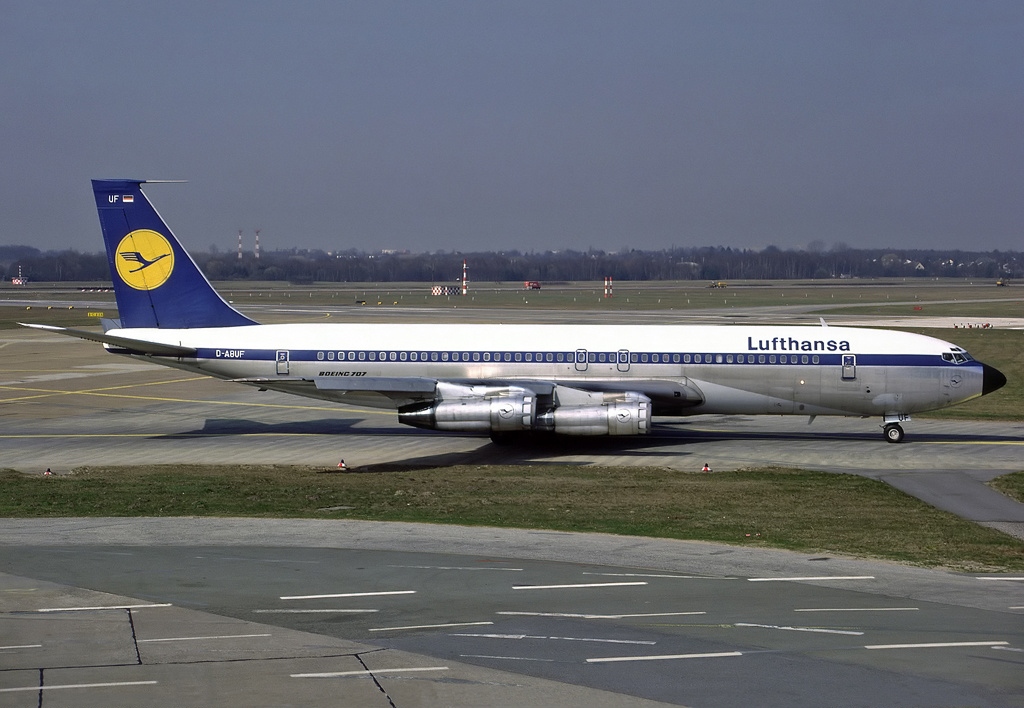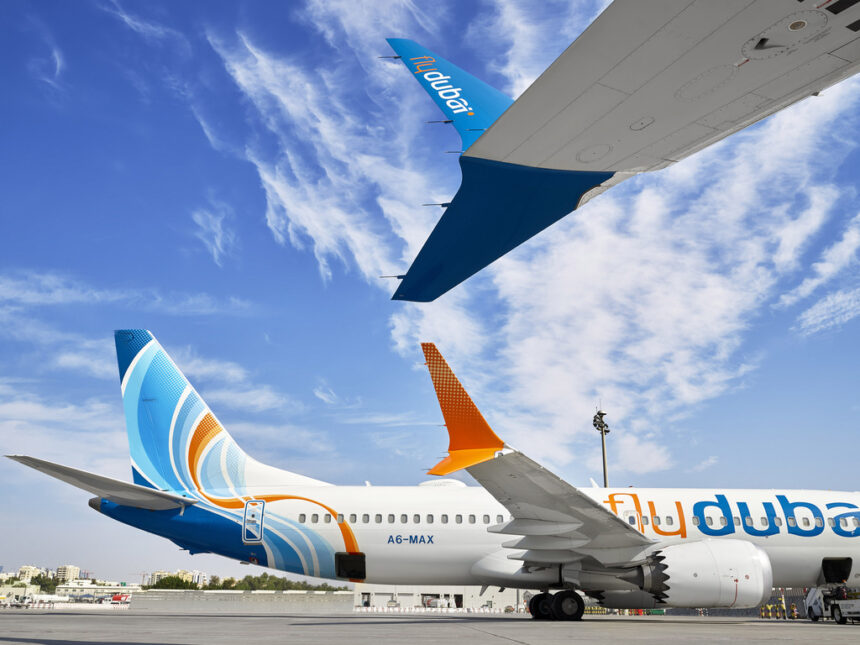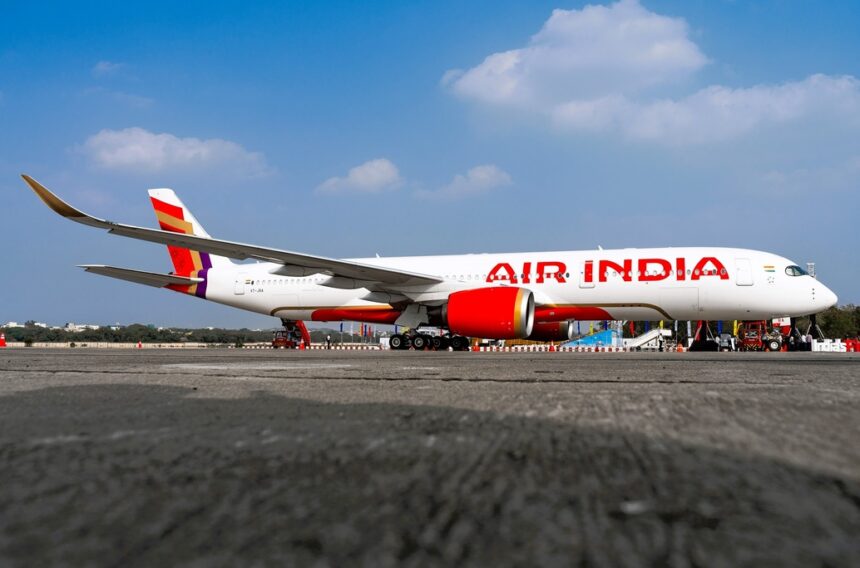LONDON – The history of Lufthansa is a story of progress, triumph, and resilience.
Founded in 1926, Lufthansa was the first major German airline to emerge after World War 1, and since then has become one of the largest airlines in Europe.
This blog post will take a closer look at the history of Lufthansa throughout its 94 years of operation.
From its founding days to navigating through war and economic downturns to becoming an industry leader, we’ll uncover the many ways that Lufthansa has managed to survive and thrive for almost a century.
Lufthansa’s Early Days

Lufthansa traces its roots back to 1926 with Deutsche Luft Hansa when a group of aviation enthusiasts founded it in Berlin.
The airline’s first flight took off from Hamburg on October 6, 1926, carrying two passengers and a load of mail.
Lufthansa quickly grew in size and scope, and by the end of the 1920s, it was operating flights to destinations all over Europe.
In 1930, the airline launched its first long-haul flight from Berlin to Rio de Janeiro.
The following decade was a period of expansion for Lufthansa. The airline added new routes and equipment, and by the outbreak of World War II, it was one of the largest airlines in the world.
During the war, Lufthansa’s operations were severely curtailed. However, the airline managed to keep flying and even expanded its fleet during the conflict.
In the postwar years, Lufthansa rebuilt its network and became one of the leading airlines in Europe once again.
The company has continued to grow in recent years, and today it is one of the largest airlines in the world.
Expansion in the 1960s

In the early 1960s, Lufthansa faced a number of challenges.
The first was the entry of German flag carrier Deutsche Lufthansa into the jet age in 1960 with the purchase of Boeing 707s.
This put significant pressure on Lufthansa to modernize its own fleet.
The second challenge came from low-cost competitors such as Scandinavian Airlines System (SAS) and British European Airways (BEA), who were able to undercut Lufthansa on price.
In response, Lufthansa undertook a major expansion program in the 1960s.
The most important element of this expansion was the introduction of long-haul jets, which began with the purchase of four Boeing 747s in 1971.
These new aircraft allowed Lufthansa to expand its network to include destinations like New York, Los Angeles, and Tokyo.
The 747s also helped Lufthansa to become one of the world’s leading airlines in terms of passenger traffic and revenues.
In addition to its long-haul fleet, Lufthansa also expanded its short-haul fleet in the 1960s with the addition of smaller jets such as the McDonnell Douglas DC-9 and Boeing 737.
Lufthansa’s expansion in the 1960s was not without challenges, however. The oil crisis of 1973 led to higher fuel costs, which put a strain on the airline’s finances. Additionally, competition from other
The 1970s and 1980s

Lufthansa experienced great success in the 1970s and 1980s. The German airline continued to grow and expand its operations, adding new routes and destinations.
Lufthansa also became a major force in the global aviation industry, playing a key role in the development of air travel.
In the 1970s, Lufthansa added several new international routes, including flights to Australia, New Zealand, and South Africa.
The airline also began operating its first wide-body aircraft, the Boeing 747. Lufthansa was one of the first airlines to fly the 747, and it quickly became a key part of the airline’s fleet.
The 1980s were another decade of growth for Lufthansa. The airline added several new routes, including flights to Beijing and Tokyo.
Lufthansa also expanded its fleet of wide-body aircraft, adding new Airbus A300 and A310 aircraft.
In addition, Lufthansa became a major player in the European aviation market, competing with British Airways and other airlines.
The Modern Era

Lufthansa has a long and eventful history, dating all the way back to 1926.
But the airline really came into its own during the post-World War II era, when it established itself as one of the leading international carriers.
In the years since, Lufthansa has continued to grow and evolve, keeping pace with the ever-changing landscape of the aviation industry.
Here’s a look at some of the most important moments in Lufthansa’s modern history.
1955: Lufthansa becomes the first German airline to offer jet services, with regularly scheduled flights between Frankfurt and New York City.
1959: The airline takes delivery of its first Boeing 707 jetliner, marking a new chapter in its development.
1970: Lufthansa launches its first transatlantic cargo service, transporting freight between West Germany and the United States.
1974: The airline joins the Star Alliance, further solidifying its position as a global aviation leader.
1985: Lufthansa introduces Economy Class on its long-haul flights, making air travel more affordable for everyone.
1997: The airline unveils a new corporate identity and livery, signaling a new era for the company.
2009: Lufthansa becomes the first European carrier to operate an all-new Airbus A380 superjumbo jet.
Lufthansa Today

Lufthansa today is one of the leading international airlines. The company is headquartered in Cologne, Germany and its main hub is at Frankfurt Airport.
Lufthansa flies to over 310 destinations in over 80 countries around the world.
The airline has a strong presence in Europe, Asia, Africa, and the Americas. In 2016, Lufthansa carried over 106 million passengers.
Lufthansa today operates a large fleet of aircraft that includes the Airbus A380-800, Boeing 747-8i, and Airbus A340-600. The airline has a strong focus on passenger comfort.
It offers a variety of amenities onboard its flights, including personal entertainment systems, gourmet cuisine, and Lie-flat seats in first class.
For business travelers, Lufthansa offers a range of services, including priority boarding, dedicated check-in counters, and access to its lounges at major airports.
Future Plans

As one of the world’s oldest airlines, Lufthansa has a long and fascinating history.
Founded in 1926, the German carrier has been through a lot – including two world wars, multiple bankruptcies, and even a terrorist attack.
Today, it is a strong and thriving airline with a bright future ahead.
The airline has big plans for the future and is constantly innovating to stay ahead of the competition.
In recent years, Lufthansa has invested heavily in new aircraft, upgrading its fleet to include some of the most modern and efficient planes in the skies.
It has also introduced a new business-class product and revamped its first-class offering to better compete with other luxury carriers.
Looking ahead, Lufthansa plans to continue investing in new technology and products to enhance the passenger experience.
It is also working on expanding its global reach by growing its network of partnerships and alliances.
With a strong foundation in place, the German carrier is poised for continued success in the years to come.
Conclusion

Lufthansa has had a long, storied history since its humble beginnings in 1926.
From being a pioneering force to the introduction of cutting-edge airline technology and services, the airline has been at the forefront of German aviation for almost a century.
As one of Europe’s largest airlines, with over 400 planes operating across numerous countries all around the world, it is no wonder why Lufthansa continues to be considered an industry leader today.









